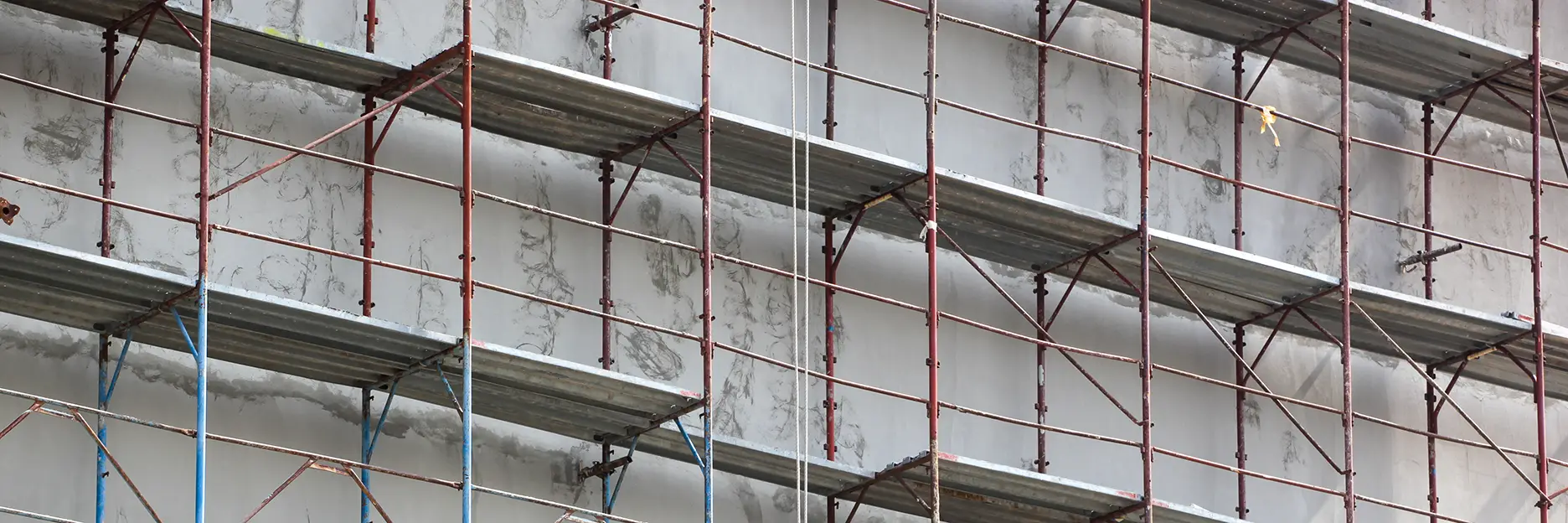Structural repairs title tag
Structural Repairs: Ensuring Stability and Safety
Structural repairs play a crucial role in maintaining the integrity and safety of buildings and infrastructure. Whether it’s a residential home, commercial property, or historical landmark, addressing structural issues promptly is essential to prevent further damage and ensure longevity.
Understanding Structural Repairs
Structural repairs encompass a wide range of activities aimed at restoring or enhancing the stability of a building or its components. Here are some common scenarios that necessitate structural repairs:
- Foundation Issues: A compromised foundation can lead to various problems, including cracks in walls, uneven floors, and misaligned doors. Foundation repair specialists assess the underlying causes and implement solutions to stabilize the foundation.
- Cracked Walls and Floors: Cracks in walls, floors, and ceilings may indicate shifting or settling beyond normal levels. Structural repairs involve reinforcing weakened areas and preventing further deterioration.
- Brickwork and Masonry: Cracks in brick walls can result from foundation movement or other structural issues. Repairing brickwork involves addressing the root cause and restoring the structural integrity.
- Wooden Structures: Beams, joists, and subfloors in wooden structures can weaken over time due to moisture, pests, or wear. Structural repairs include reinforcement, replacement, and addressing rot or decay.
- Concrete and Steel: Aging concrete and steel components may require repairs to prevent structural failure. Techniques such as epoxy injection, carbon fiber reinforcement, and steel plate installation are commonly used.
Common Structural Repair Techniques
- Underpinning: Underpinning involves strengthening the foundation by adding support beneath existing footings. Methods include traditional mass concrete underpinning, helical piles, and micropiles.
- Carbon Fiber Reinforcement: Carbon fiber strips or sheets are bonded to existing structures to enhance load-bearing capacity. This technique is effective for reinforcing beams, columns, and walls.
- Epoxy Injection: Epoxy resin is injected into cracks to seal them and restore structural integrity. It’s commonly used for concrete repairs.
- Steel Plate Installation: Steel plates are bolted to weakened or damaged structural elements to provide additional strength.
Preventive Measures
Regular inspections and maintenance can prevent major structural issues. Here’s what you can do:
- Monitor Cracks: Keep an eye on cracks in walls, floors, and foundations. Address them promptly to prevent further damage.
- Control Moisture: Proper drainage and waterproofing help prevent foundation damage and wood rot.
- Trim Trees: Overhanging branches can damage roofs and walls. Regular tree trimming reduces the risk.
Structural repairs are not just about fixing visible problems; they are about safeguarding lives and property. Whether it’s reinforcing a historic building or stabilizing a modern structure, timely repairs ensure a solid foundation for the future.
Remember, when it comes to structural repairs, prioritize safety, seek professional advice, and act promptly to maintain the structural integrity of your property.
If you are looking for Structural Repair Services , contact Home Renovation 4U today!


